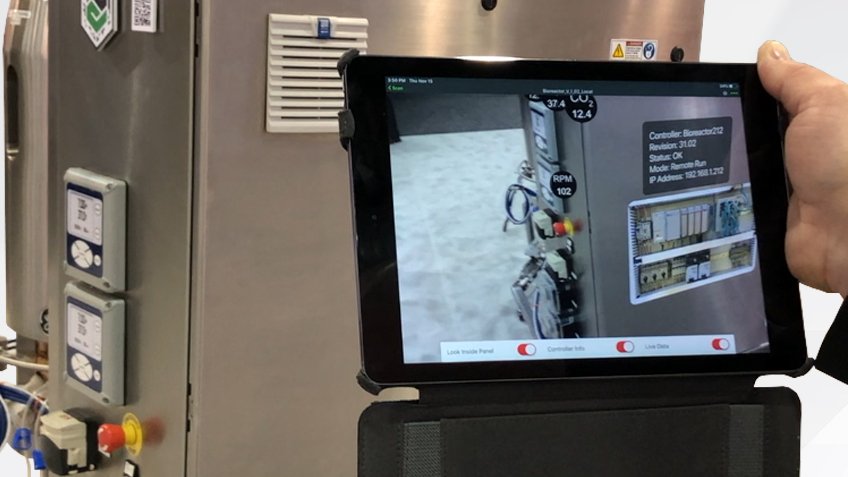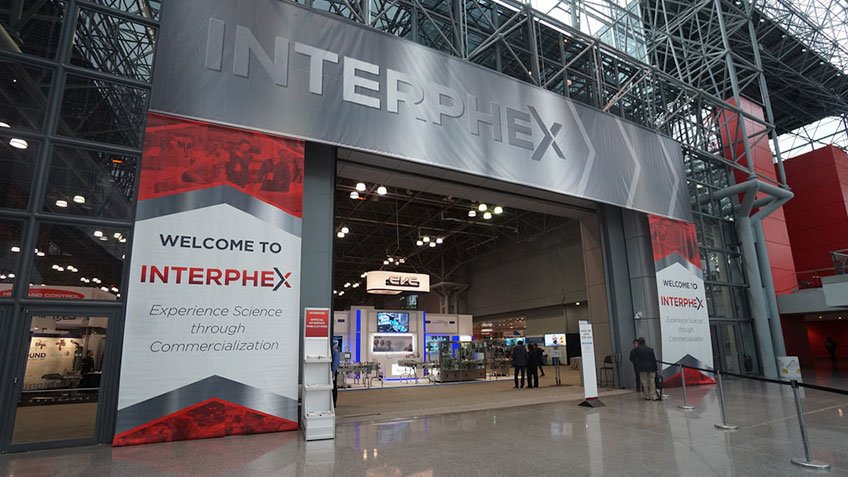Recommended For You
For biotech companies who must meet growing demand for smaller volume drugs and more personalized medicines, “flexible manufacturing” is the dominant approach. Thanks to modular design concepts – and advances in mobile and single-use technology – many have transitioned from large, dedicated production plants to agile, multiproduct “facilities of the future.”
But while progress has been impressive, single-use technology has introduced unique challenges – and risk – exacerbated by the industry’s highly regulated environment.
In single-use facilities, modular equipment and totes move continuously – both around the suite and from one suite to another. Operators must complete more diverse tasks, intervene regularly in the process, and react to the compressed batch cycle times intrinsic to limited product runs.
Within this fast-paced environment, what keeps manufacturers up at night are vexing, complex questions:
- How can I ensure the correct equipment is in each suite at the right time?
- Am I efficiently tracking the dozens of totes circulating throughout my facility?
- How do I minimize operator error?
Automation systems are used in a number of ways to improve equipment verification methods and decrease the potential for error. But now new technologies are emerging that promise to reduce the risks inherent to single-use technology even more.
A Dose of Reality
Virtual reality (VR) and augmented reality (AR) can combine with cameras, scanners and tried-and-true control strategies to take risk mitigation to a whole new level. Specifically, VR and AR can improve operator performance and training – and help optimize asset management.
Incidentally, VR can also help uncover human error in facility planning while there is still time to correct it. New technologies can translate building information modeling (BIM) into virtual reality experiences that uncover simple human oversights – like planning a 12-foot skid for a room equipped with a standard 10-foot doorway.
Improving Operational Knowledge
From an operational standpoint, transitioning to single-use technology is no easy task.
Many operators in single-use facilities began their careers in traditional stainless steel installations. Due to the high level of automation in those conventional facilities, operators may not have a clear understanding of the risks single-use technology introduces.
Improving operational knowledge is a critical goal. But training programs often fall short. Standard classroom settings simply cannot replicate real-world production scenarios.
Working hand-in-hand, VR and AR enable personnel to experience the production environment and manufacturing process – long before facility startup. And these technologies simplify equipment interactions once a process is up and running.
Learn by Doing. Learn by Showing.
How do the latest capabilities improve operations? Simply put, VR and AR minimize risk by enabling personnel to learn by doing and showing.
One example: VR allows operators to familiarize themselves with the production environment and process in a tangible way during training. Operators can virtually tour the production suite and see exactly where the process skid, tube welding system and other equipment will be located – and then walk through the process. By replicating the real-world experience, VR not only better prepares plant personnel – it also helps identify potential roadblocks earlier.
Once production begins, AR can have a significant impact. For example, let’s say a bioreactor in an upstream process requires managing 50 connections – and each connection involves multiple steps. Typically, an operator works through an SOP step by step, and then verifies via electronic signature that each step was performed.
Though some procedures and methods include visual aids to guide product changeover, the potential for error is significant given the vast quantity of connections and speed at which they must be completed.
Now, imagine that scenario with AR guiding the process. An operator using an AR headset or a tablet simultaneously views connection instructions – which are virtually overlaid on the actual piece of equipment.
Instead of correlating instructions with visual clues, the operator is “shown” exactly where a connection must be made while “doing” it.
Cameras, barcode scanners or RFID technology can verify the manual connections as well as the equipment and tote selections. And electronic signatures can be automatically added to the batch record to help facilitate compliance.
This same technology also improves error detection on mobile equipment in suites that typically lack conventional HMI terminals. Imagine a world where a maintenance technician wearing an AR headset simply looks at a piece of equipment to locate an alarm. It’s closer to reality than you may think.
How close? Take a look at this eBook to learn more about how biopharma companies can implement modern technologies to improve manufacturing consistency and ultimately, speed more life-saving treatments to patients.
Published February 11, 2019


